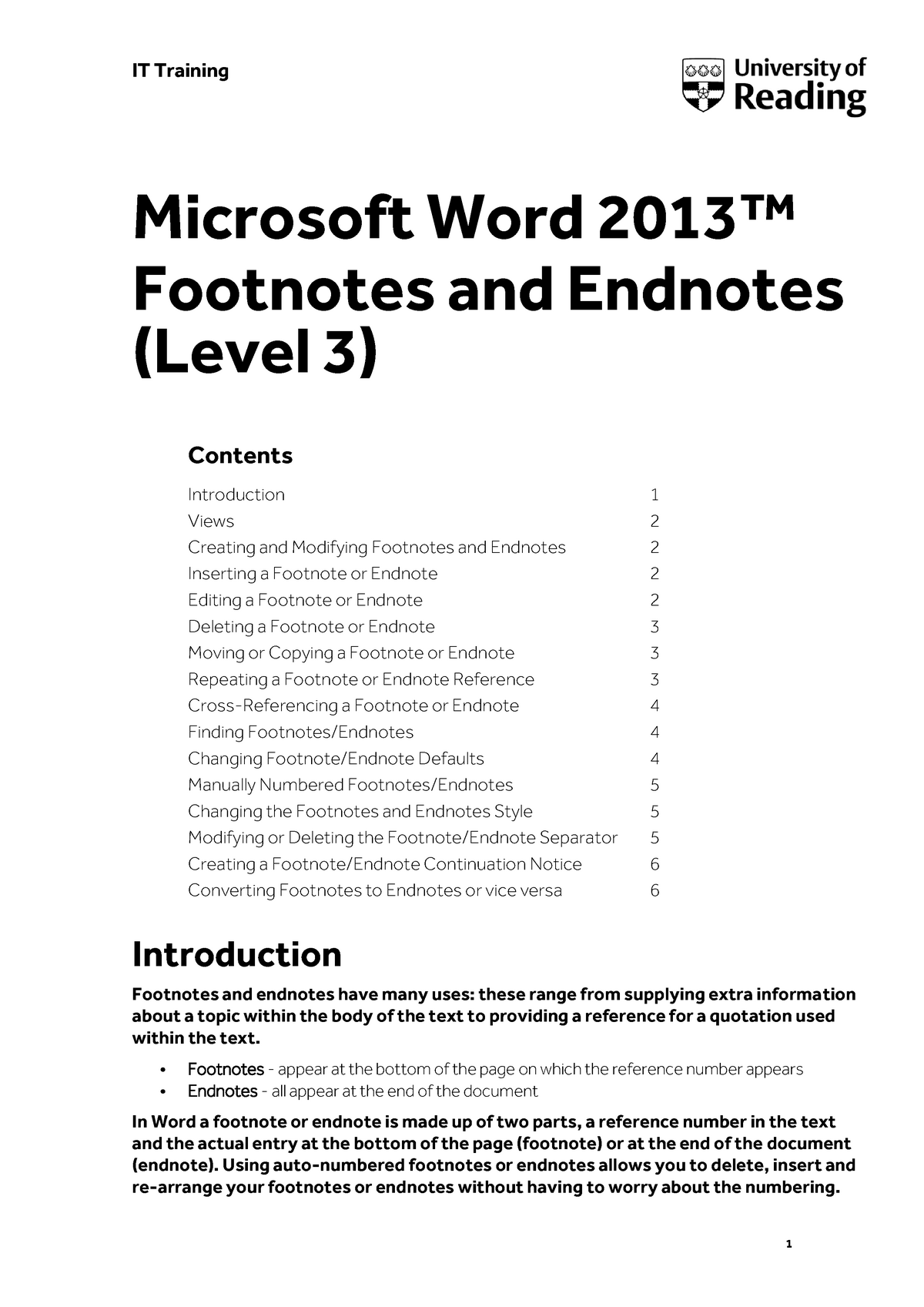


I only find it useful for gathering sources, but almost never for obtaining data for later using in footnotes or bibliography.


Because accuracy was very important, we decided not to use the Z39.50 ability except as a guide for entering a difficult book. Usually we could not count on the information. Frequently the information was wrong or missing. Often the book edition was not the one we had. The Z39.50 ability could cut some time from the project, but I found that at least one out of four books was not in the Library of Congress or other helpful libraries. Time is money for a project of this size. At work we entered about 7,000 books and other sources into Endnote 5. Z39.50 software is no better than the quality of the data entered into the library that you access. program, and Chicago Manual of Style (15th ed.) for footnotes at work.ġ. I am in charge of all source citation at the ministry. I regularly use bibliography programs both for academic work and as part of my job as a researcher for a Christian ministry. M8 2002Īkin to dictionaries but emphasizing meaning derived from usage in various biblical and extra-biblical writings.įor example: Liddell, A Greek-English Lexicon (Classical Greek)Įxtended discussions of significant words from the Bible, generally tracing usage and meaning historically.įor example: VanGemeren, New International Dictionary of Old Testament Theology and Exegesis. Tools to look up biblical words (either in original languages or English translations) in order to determine how these words were used in various biblical passages.įor example, Moulton and Marshall, Concordance to the Greek New Testament. Similar to introductions but concerned less with issues discussed by scholars and more with the overall message of each book.įor example: Elwell, Encountering the New Testament: A Historical and Theological Survey. Emphases include date, authorship, primary themes, controversial issues, and so on.įor example: IVP Introduction to the Bible Some commentaries focus more on the meaning in the text and others focus more on theological or practical application.įor example: Newsom, Daniel: A Commentaryīook by Book analysis of the Old Testament, New Testament, or both. Can use biblical languages, theological analysis and information about cultural background. Section by section (or even verse by verse) information on a biblical book, usually intended to draw out the biblical writer's intention or theme.


 0 kommentar(er)
0 kommentar(er)
